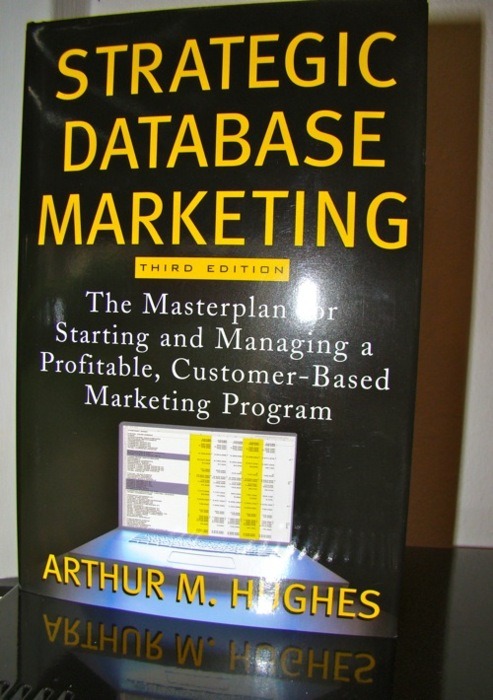
What is it about?
You collected data from your customer and then? Arthur M. Hughes explains how to analyze customer data and use it in the decision making process.
What can I learn?
Recency, Frequency, Monetary: The easiest metric is RFM. You divide each customer in one of many groups and test your offering/ad/etc. on a small subset. Let’s say you got 10000 customers. Now you are going to sort them by recency, e.g. latest sales, and split them up in 10 groups. Do the same thing for frequency and monetary. Now every customer got a recency group, a frequency group and a monetary group. Now comes the beauty. You just test your offering to a subset (e.g. 10% of each group) and notice how much each group spend. Finally, you can see which groups were the most profitable and just send them the final offering.
Know what you want to do: It’s essential. Hughes wrote that companies often just collect tons of data without a purpose. Data alone won’t help you. Spare your time and resources and define at first what you want to achieve and then start collecting data.
Customer Lifetime Value: I explained the concept early, however the RFM approach makes this more interesting because you can now easily test the impact on small groups.
Conclusion
Strategic Database Marketing is a pretty good book. It got lots of examples and the author explains each approach in detail. I especially like the RFM approach because it is so easy but works well. If you want to learn more about analyzing customer data this book is for you.
